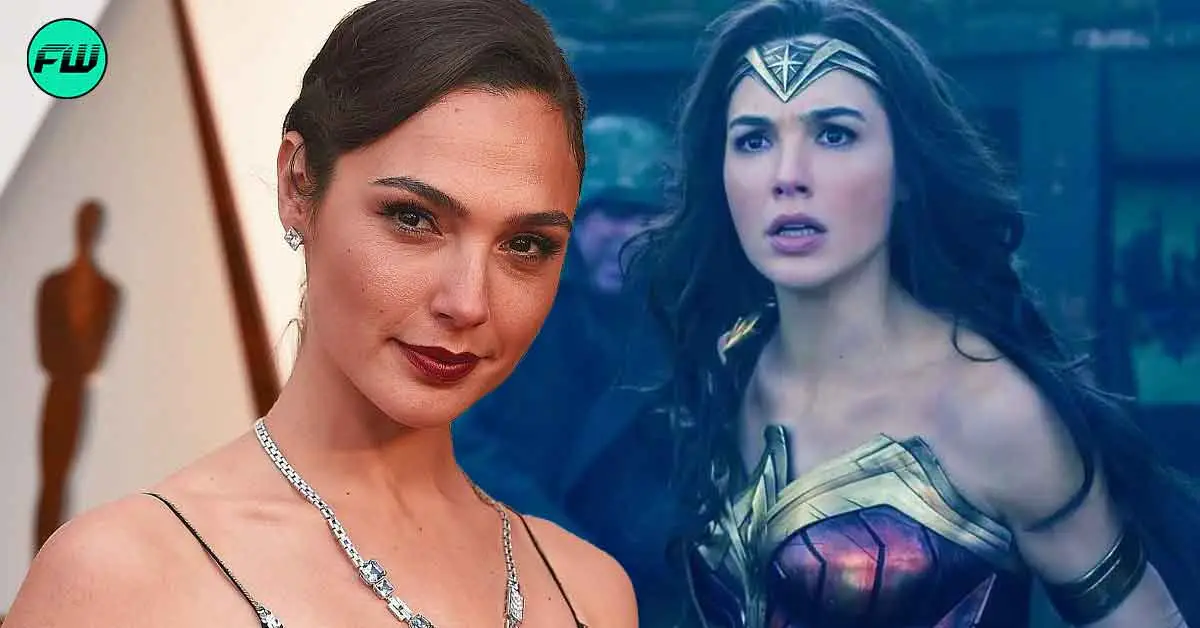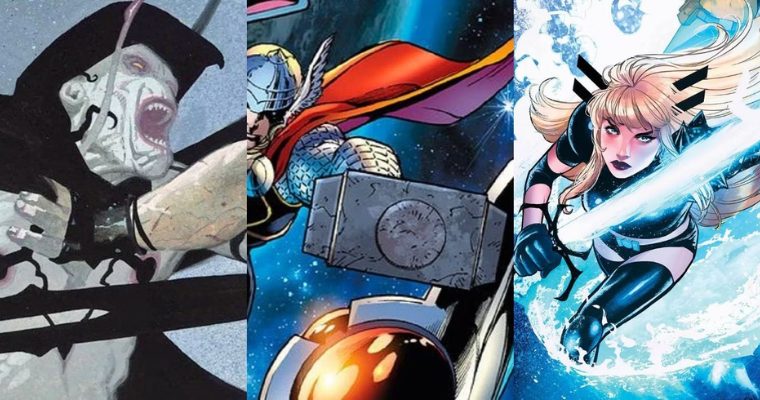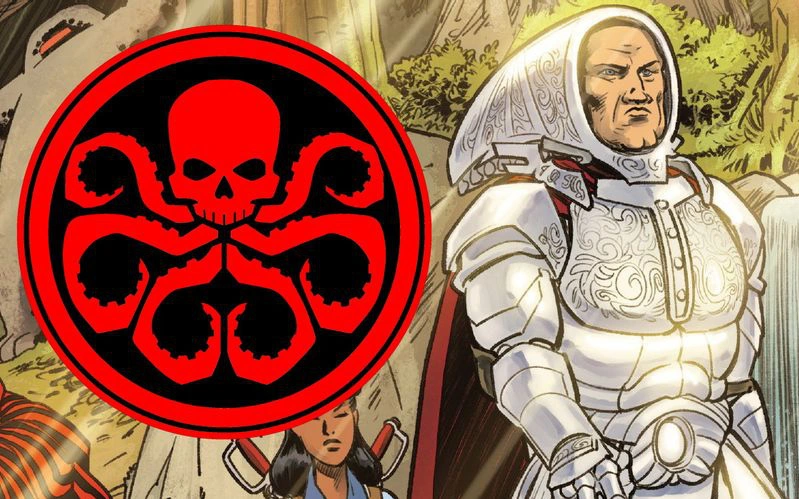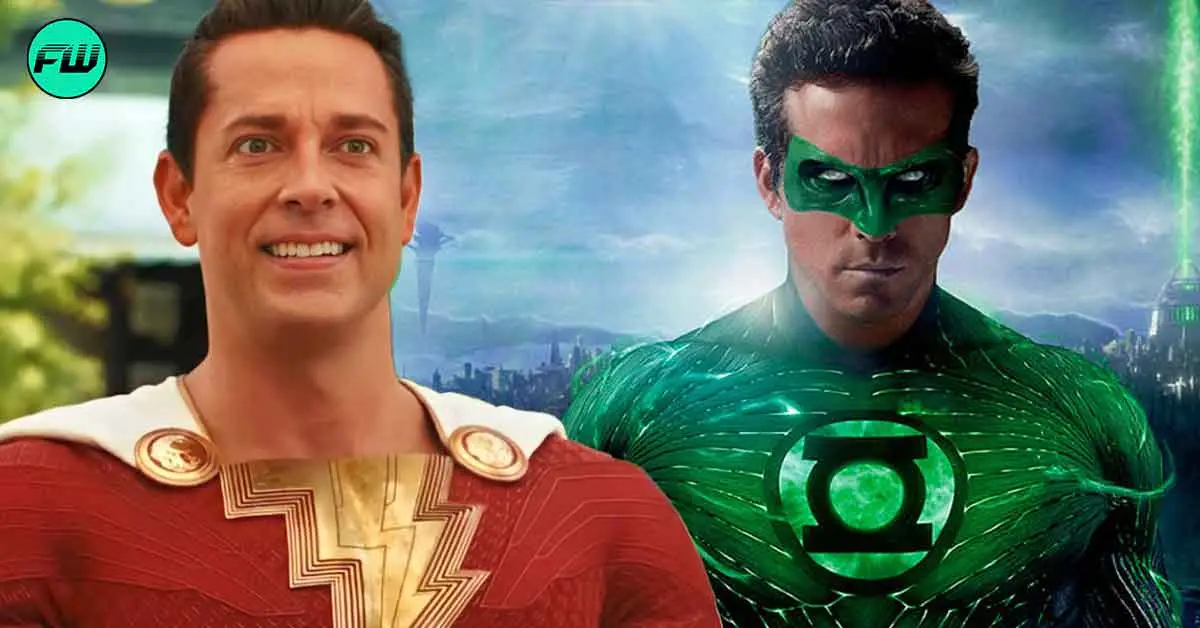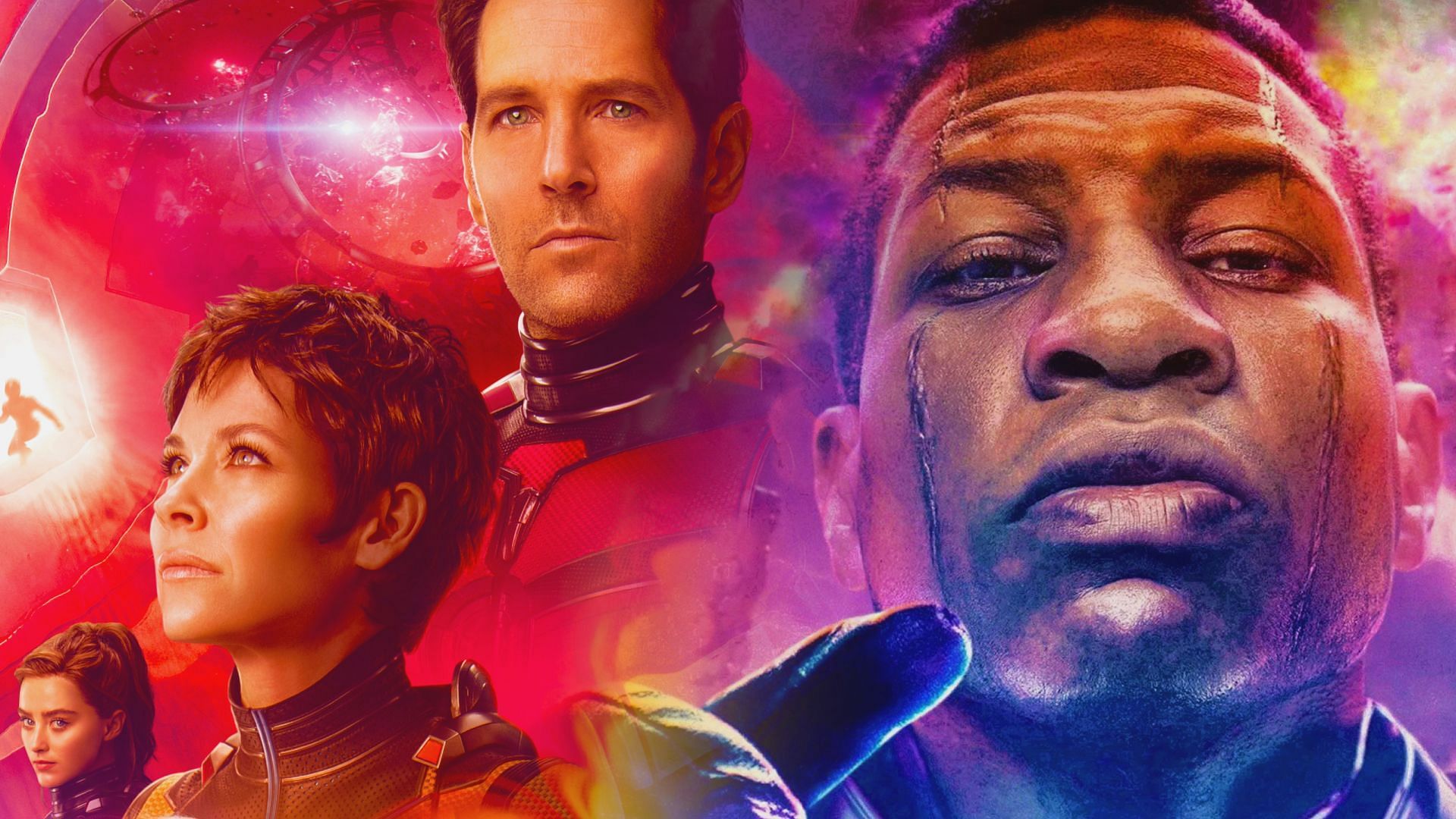
Ant-Man 3 was finally released in theaters earlier this month, and it has garnered mixed as well as negative reviews from critics, who slammed the screenplay, and visual effects, but praised the performances of the cast, particularly Paul Rudd, Jonathan Majors, and Michelle Pfeiffer.
Variety reported that Ant-Man 3 has also suffered the second-biggest box office drop in MCU history, with ticket sales for Paul Rudd’s small-sized hero flick going down by 69% percent from its $105 million debut.
The Ant-Man threequel has also become the second worst-rated MCU film after 2021’s Eternals, currently having a 48% rotten score on Rotten Tomatoes. However, it does have an 83% percent audience score, indicating that a sizable number of Marvel fans have enjoyed the film. After Eternals, Ant-Man 3 became the second MCU film to receive a ‘B’ grade from Cinemascore.
With all this in mind, let’s take a look at some possible reasons why Ant-Man and the Wasp: Quantumania didn’t do well.
Disclaimer: This article is subjective and contains major spoilers for Ant-Man 3.
Ant-Man 3: Too much exposition, lackluster visual effects, and other factors that led to its failure
1) No real character arcs
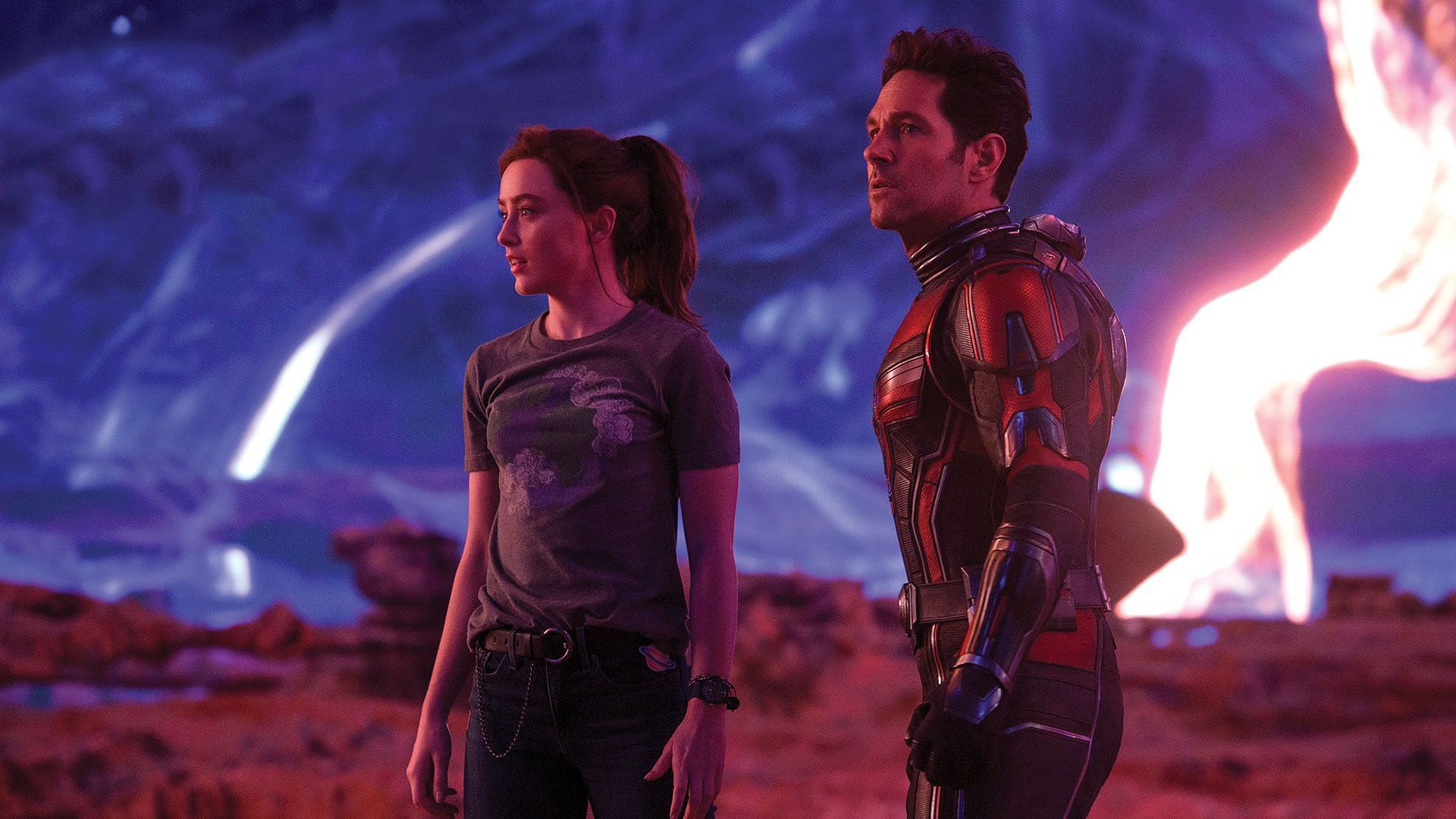 Scott Lang and Cassie Lang in Ant-Man 3 (Image via Marvel Studios)
Scott Lang and Cassie Lang in Ant-Man 3 (Image via Marvel Studios)
One key problem in Ant-Man 3 is the lack of character arcs for its main cast. There is no change or development seen in any of them, not even the lead hero Scott Lang (Ant-Man), who starts and ends the movie, literally as the same person. The same can be said for Michael Douglas’ Hank Pym, Kathryn Newton’s Cassie Lang, and Evangeline Lilly’s Hope van Dyne.
There is also the issue of characters not being challenged greatly, case in point being Cassie Lang, who does not seem to face any obstacles that challenge her scientific and Quantum Realm-related knowledge. Cassie also does not seem to struggle much in the film. Hope van Dyne, on the other hand, does not get much to do in the film.
The only character who even seems to have even a shred of character development or arc in Ant-Man 3 is Michelle Pfeiffer’s Janet van Dyne, who goes from being a secretive and closed-off figure traumatized by her experiences in the Quantum Realm to an open and honest person, willing to let her family in on what she has endured during her time with Kang and the fight against him.
2) Choppy use of editing and dull choreography
One of the primary complaints against Ant-Man 3 was its use of editing. Many a time, it is noticeable that there are way too many quick cuts in various scenes, especially during the interrogation scene with Kang and Scott Lang, where Kang releases Scott from his grasp and instead of one fluid motion, there are three quick cuts showing Scott dropping to the ground.
There is also the choreographic issue of how the plot could have been more easily resolved and navigated if the characters were more open with one another. The primary culprit here is Michelle Pfeiffer’s Janet van Dyne, who is extremely secretive and does not communicate with Hank and Hope for much of their time in the Quantum Realm.
Some characters also have awkward long pauses while delivering dialogues, whereas others stop in the middle of a tense scene to crack a joke. Also, the Freedom Fighters were simply fodder and did not add anything to the story at all. Trimming down their presence or cutting them entirely out of the story would have greatly helped the film.
3) Too much exposition
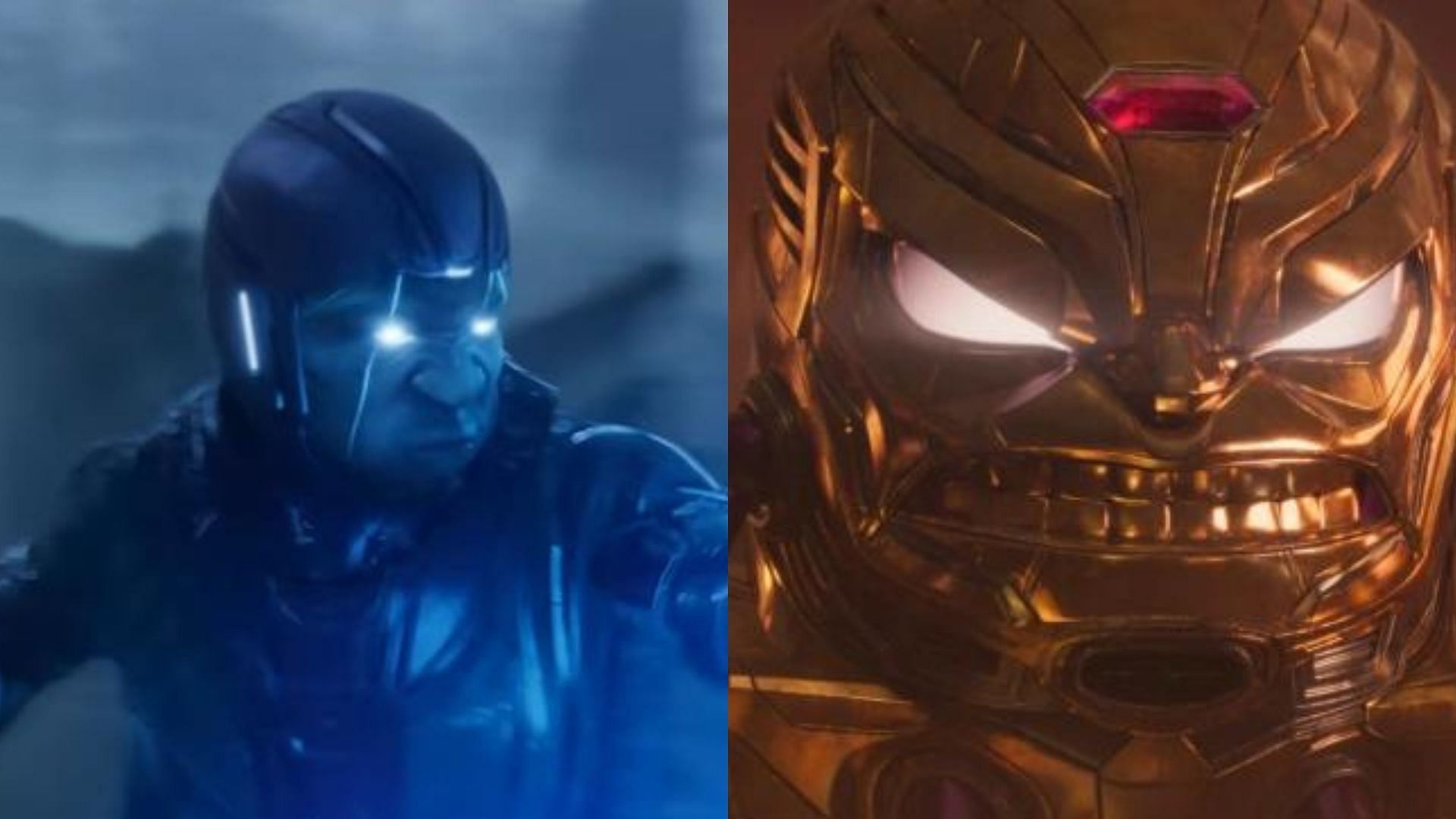 Kang and MODOK in Ant-Man 3 (Images via Marvel)
Kang and MODOK in Ant-Man 3 (Images via Marvel)
One key thing that always makes a story in a film great is the principle of showing and not telling. Films are, after all, a visual medium, where it is important to reveal crucial information via images and scenes. Ant-Man 3 fails in this exact basic principle when, instead of showing how dangerous Kang and MODOK are, the audience is constantly told of their immense power and capabilities.
Kang also simply tells Scott that he has killed multiple versions of Avengers, including Thor, in the past, but no visual evidence of the same is provided even once in the film, making his threat fall flat.
Also, concepts such as the multiverse, functioning of the Quantum Realm, and Kang’s powers were all shown in a passable and quick-rundown manner and not in a very compelling way, which made it hard for audiences to even care about these things moving forward.
4) Unimpressive visual effects
One of the most common complaints about Ant-Man 3 is the film’s use of visual effects. Audiences and fans complained about the characters, set pieces, and locations looking very rubbery and fake.
Also not helping was the poorly implemented design of one of the film’s villains, MODOK. The fight sequences also suffered thanks to subpar VFX and not even Kang, who had a practical suit, was able to escape it. The design of the Quantum Realm also garnered a lot of criticism, as it looked like images and objects were thrown onto a wall to figure out what stood in place and what did not.
However, one particular aspect of the VFX received more criticism than anything else, and that is the Volume technology, first used in the shooting of the second season of the Disney+ show The Mandalorian. This technology involves projecting a pre-recorded video or image in the background while live action unfolds in front of it.
The use of the Volume technology in Ant-Man 3 has led to some uninteresting, visually uninspiring landscapes of the Quantum Realm, which for much of the film, looked very barren and flat. It was previously shown via Thor: Love and Thunder that overuse of this technology could hurt a film, but the same trend was seen once more in the latest Ant-Man outing.
5) Subpar writing and forced, out-of-place humor
Ant-Man 3, much like several installments of MCU’s Phase Four, suffered from lackluster writing. The bad writing is reflected mostly in the humor, where the same jokes were told repeatedly until they fell flat. The writing also contributed to the uneven pacing of the film and its rushed feel. At times, even during tense situations, the presence of unnecessary humor undercut the serious moments.
The subpar writing also made its presence known in the characterization of the core cast. Cassie Lang, for example, is somehow portrayed as a scientific genius, with little to no explanation of how she came to be that way, as previous Ant-Man films did not even show hints of Cassie being a smart kid.
Ant-Man 3‘s short runtime also contributed to the rushed story. Audiences were clearly let down as they did not get to see much of Kang and Janet van Dyne’s relationship. Moreover, not much was shown with Bill Murray’s Krylar or any of the Freedom Fighters and their struggles against Kang, leaving audiences uninterested and unable to feel anything for them.
6) Kang, despite Jonathan Majors’ excellent performance, came off as a subpar threat
Jonathan Majors’ Kang is no doubt one of the highlights of Ant-Man 3, with many audiences and critics calling him one of the best parts of the film. Majors elevated the sub-par screenplay of Quantumania via his impeccable performance.
That, however, did not help with how he was portrayed as a threat. He was easily beaten by the end of the film by Ant-Man and Wasp. This was disappointing for many audiences as they were told time and again how Kang was the big-bad of the Multiverse Saga and the next Thanos.
Given that Kang was beaten by Ant-Man and Wasp in Ant-Man 3, audiences are wondering what chance he has against the likes of Sam Wilson’s Captain America or Shang-Chi, if he ever faces them in Avengers: The Kang Dynasty.
Many have also pointed out that if Kang or any of his variants, such as He Who Remains, were going to die or seemingly die in their first appearances, then there would be no meaningful impact in future stories featuring the character.
7) Little to no stakes
One of the major complaints against Ant-Man 3 was that there was little to no stakes in the film. Throughout the film, it felt as if no character was at risk of losing their life in the battle against Kang.
Also, literally every core hero made it out of Ant-Man 3 alive, well, and content, without any dire consequences. Even Scott Lang and Hope van Dyne make it out from the Quantum Realm. Had something drastic happened to Scott or Hope, it would not only have helped their characters, but would have also allowed some much-needed development for Scott’s daughter Cassie Lang.
Had Scott and Hope been stuck in the Quantum Realm at the end of Ant-Man 3 at least until the events of Avengers: The Kang Dynasty, it would have been more compelling and would have contributed to the overarching narrative of the MCU.
Running parallel to the underwhelming stakes was the fact that the makers of Ant-Man ditched the small-time tale for a gigantic narrative, which in essence, took away the core pillar of the Paul Rudd-led franchise.



